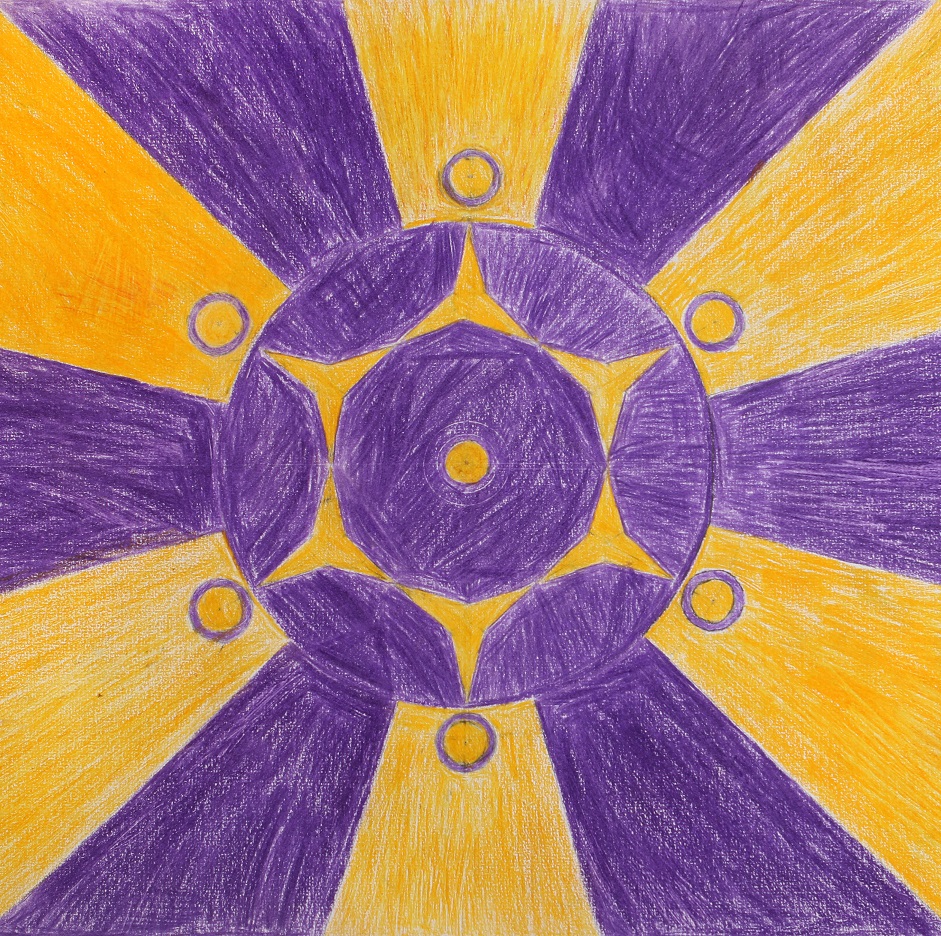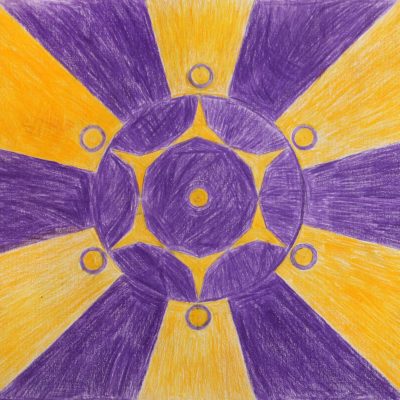Description
I came up with the idea of this project thanks to my interest in chemistry and vexillology (the study of flags) and my realization that there was no flag made to represent the Periodic Table. The 18 points in total of the 6 three pointed stars represent the 18 groups and the 7 circles represent both the 7 periods and the 7 noble gases. The date of discovery for the Periodic Table, 1869, is also hidden in the flag with the 18 total points, 6 rays and the 9/1 ratio between the diameter of the circle containing the central star-like shape (excluding the outer circle) and the small circle in the center. This star-like shape, formed out of 6 3-pointed stars, also represents the metalloids, which are usually thought to number 6 (the amount of 3-pointed stars). The use of 3 pointed stars is also a homage to the triads of Döbereiner. The colors yellow and purple represent the metals (due to the wide range of color in metal salts including yellow and the element of gold) and the nonmetals (due to organic synthetic dyes, especially the purple-colored mauveine,which was the first one to be discovered and the element of iodine) respectively. The rays also stand for the ever expanding nature of the periodic table, from 63 elements in 1869 to 118 in 2019, and the help that it has provided to chemists and many other scientists.





